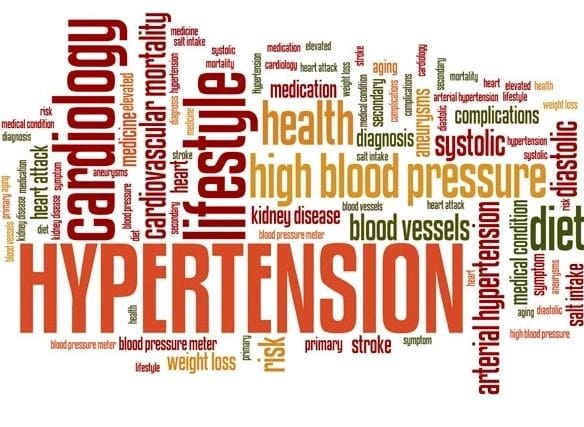Clinical Terminologies
Nursing Workflows and the Importance of Data Quality
By Teresa Saxon, R.N. Healthcare data quality analysis has many layers of complexity ranging from discovery of anomalies to how they are repaired. In simplified terms, poor data quality can be characterized by missing, miscoded or misplaced data in a patient’s record. Data quality is especially important in the nursing field since nurses interact with…
Read MoreHIMSS 2022: Today’s Big Topics in Healthcare
Today’s big topics in the HIMSS 2022 agenda include patient safety, patient education, the patient experience, burdens on clinicians, public health, wearables and emerging technologies. Since these are going to be discussion points at this year’s conference, the JPSys social media team decided to ask one of our Clinical Informatics Specialists to weigh in on the conversation.…
Read MoreHIMSS 2022: The Importance of Standards-Based Data Exchange
This year’s HIMSS conference will feature a number of sessions on data standardization and health information exchange. Before you go to HIMSS, we want to help you better understand what standards-based data exchange looks like and why it’s important for healthcare. It might give you some incentive to attend a session or two. We all agree that…
Read MoreJ P Systems Wins 120 M VA Terminology Services Support Recompete
FOR IMMEDIATE RELEASE: Clifton, VA – June 28, 2021, J P Systems, Inc., JPSys, received notification of a U.S. Department of Veterans Affairs recompete contract award, which is a single award, Indefinite Delivery, Indefinite Quantity (IDIQ) contract for clinical terminology standards services with a ceiling threshold of $120 million. The contract includes a base 5…
Read MoreThe Importance of a Nursing Data Framework
By Dr. Luann Whittenburg, RN, PMP, FHIMSS A Nursing Data Framework can give healthcare providers a way to garner business intelligence to save money and reduce risk by improving workflows, load leveling personnel schedules, and improving patient safety. With more than 4 million nurses in the U.S., nurses are the largest clinical segment of the U.S. healthcare…
Read MoreThe Terminology You Use to Describe Healthcare Data Matters
An Argument for Standardized Reference Terminologies One hundred and forty, 140 – that’s how many different ways there are to describe arterial hypertension, more frequently known as high blood pressure. It may seem like a small number, but if we have 140 different hospitals using 140 different terms for arterial hypertension, we suddenly have 140 hospitals…
Read MoreIntroduction to Interoperability 101
by Jackie Mulrooney, President, J P Systems, Inc. What is meant by the interoperability of clinical data? Interoperability (IOP) is a multifaceted IT architectural capability which harmoniously orchestrates the exchange of clinical data. In Healthcare IT (HIT), according to HIMSS: “interoperability is the ability of different information technology systems and software applications to communicate, exchange data, and…
Read MoreReduce Risk & Fiduciary Exposure using Electronic Data Exchange
The World Health Organization (WHO) estimates that patient harm is the 14th leading cause of global disease burden, comparable to malaria and tuberculosis, with 42.7 million adverse events occurring during hospitalizations. It is unsettling to learn that according to a scientific study in 2018, incoming Consolidated Clinical Document Architecture (C-CDA) data had a 100% error rate. Are the…
Read More







